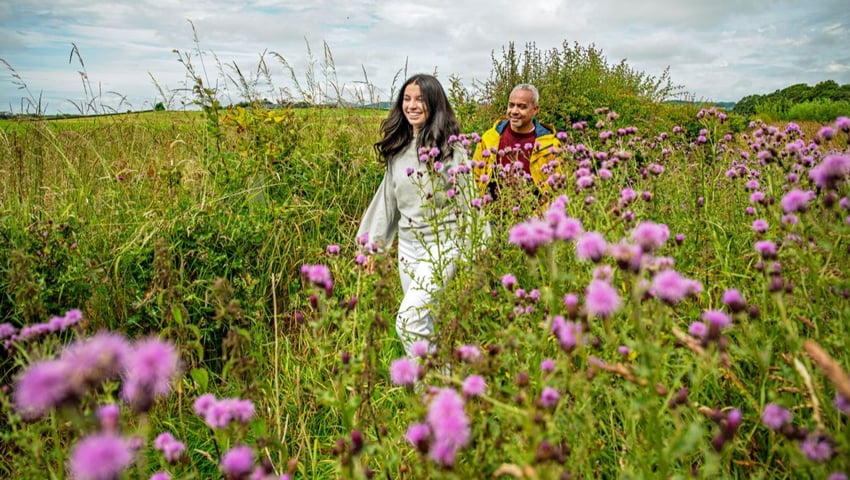A new study has shown that overall there have been increases in the ability of nature to contribute to our wellbeing, with marked improvements in agricultural habitats and the number of people spending time in nature, compared to 2000 levels.
The biennial Natural Capital Asset Index (NCAI) looks at how Scotland’s stock of habitats and ecosystems – the country’s natural capital – provides social, environmental and economic benefits to people, tracking annual changes in our ecosystems’ abilities to contribute to the health of Scotland’s food, water, air and communities.
The Index reports on areas of improvement and deterioration, taking in a range of factors like aesthetic and cultural value, air purification, carbon sequestration and timber resources.
In total, calculations track 38 indicators across seven Scottish habitat types: coastal, inland surface water, mires, bogs and fen, grasslands, heathland, woodland, agricultural and cultivated lands.
The 2025 NCAI shows that the ability of agricultural habitats to benefit people has been improving since 2018.
This is largely due to efforts by farmers to reduce their impacts on the environment through participation in agri-environmental schemes and reducing the use of fertiliser and pesticides.
These actions taken by farmers directly improve the ability of agricultural and cultivated habitats to deliver benefits to people across Scotland.
There has also been a dramatic improvement in the number of people who spend time in nature.
In 2019, 56 per cent of people recorded that they visit nature at least once a week. This spiked to 79 per cent in 2020, likely due to influences of the pandemic. In the years following this spike, the percentage has only fallen slightly and was recorded at 70 per cent in 2022, a huge improvement from pre-pandemic levels.
This increase in the amount of time people are spending outdoors leads to a greater connection with nature and has positive impacts to people’s health and wellbeing in Scotland.
NatureScot Economist, Aidan Price said, “A nature-rich future, in which everyone is involved, will make us all happier, healthier, more well off and more equal in Scotland, but while the improvements in agricultural habitats, more time spent in nature, and the overall long-term improvement in the index are all great news, there is still a long way to go before we can reach the historically high levels of the 1950s for natural capital benefits in Scotland.
“The condition of freshwater, heathland and woodland habitats has declined below 2000 levels, and focussing efforts on restoring these could make a big difference to future NCAI results, as will taking action to improve biodiversity and mitigate the negative impacts of climate change. We are optimistic that the Scottish Biodiversity Strategy Delivery Plan actions, which are already in motion, global work to achieve the target of 30 per cent of the planet protected for nature by 2030, and Scotland’s forthcoming Natural Environment Bill will keep increasing Scotland’s natural capital.”
Image: NatureScot
